This article was co-authored by Tracy Zollinger Dipl. OM, L.Ac., FABORM. Tracy Zollinger (she/her) is a Licensed Acupuncturist, Herbalist, and the Founder of Island Acupuncture in the San Francisco Bay Area. With over 15 years of experience, Tracy specializes in a holistic approach to reproductive health, fertility, and pre and post-natal care. Tracy creates comprehensive treatment plans using acupuncture, herbs, nutrition, and western labs. She holds a Master of Science in Traditional Chinese Medicine from the Academy of Chinese Culture and Health Sciences and is board certified in integrative reproductive medicine, with a focus on LGBTQIA specific needs.
There are 14 references cited in this article, which can be found at the bottom of the page.
This article has been viewed 25,807 times.
Lumbar spondylosis is a condition where one of the vertebrae in your spine slips out of place, causing pain and discomfort. Many people have this condition without ever knowing it. In extreme cases, you might need medication or even surgery to correct the condition. However, most doctors prefer a more natural approach first. They’ll probably recommend an exercise, stretching, rest, and physical therapy regimen to build strength and flexibility in your back. Many people see improvement after completing these steps. If these methods don’t work, then contact your doctor for the next steps in your treatment.
Steps
Relieving Pain and Stiffness
Whether your spondylosis is just acting up or has been painful for a while, there are several things you can do to relieve the discomfort. By applying heat or cold to the affected area and staying active, you can improve the pain significantly. If this doesn’t work, then taking an NSAID pain reliever can also relieve the pain. If your condition doesn’t improve after a week of treatment at home, then you should visit a doctor for more treatment options.
-
1Apply ice to sharp or recent pains. If your pain acts up suddenly, then ice is the best treatment. Wrap an ice pack in a towel and hold it on the painful spot for 15-20 minutes at a time. Repeat this 2-3 times per day.[1]
- Ice is also good for sharp pain in a small area. Even if you’ve had the pain for some time, you can still use ice in this case.
-
2Use heating pads on older pains or dull soreness. If you’ve had the pain for more than a few days or it’s more of a dull pain, then heat is a better option. Hold a heating pad onto the area for 15-10 minutes 3 times per day.[2]
- Don’t fall asleep with an ice or heating pad on yourself. This could damage your skin.
Advertisement -
3Rest for a day or two if the pain is bad. While staying active is best, a bit of rest could help. Try laying on the couch or in bed for a few hours at a time to relax your back.[3]
- Don’t stay in bed for more than a few hours at a time. This could make the pain worse.
-
4Resume your daily tasks as soon as you can. Bed rest shouldn’t be prolonged. Within 2 days, try to do your normal tasks around home and work, as long as they’re not very physically-demanding. This keeps your back loose and reduces pain.[4]
- The best way to treat lumbar spondylosis is to get up and move more. That will help strengthen your back and core.[5]
- Exercises like Tai Chi and Qi Gong can help strengthen your lower back as well.[6]
- If you can’t do any daily tasks because the pain is so bad, then you should see a doctor right away.
-
5Maintain good posture while sitting and standing. Don’t hunch over. Make sure you’re sitting or standing up straight and maintaining the natural curve of your spine.[7]
- You could get a chair designed for good posture if you have trouble maintaining this position.
-
6Maintain a healthy bodyweight to remove stress from your spine. Being overweight puts a lot of pressure on your spine. If you’re overweight, talk to your doctor about designing a diet and exercise program to reach and maintain a healthy weight.[8]
-
7Lift objects from your legs to avoid stressing your back. Bend at your knees and lift with your legs and core rather than your back. Also hold objects close to your body so your back doesn’t have to work as hard.[9]
- If your pain is acting up, it’s best to avoid lifting things altogether until you’re feeling better.
-
8Quit smoking or don’t start at all. Smoking can cause the cartilage between your vertebra to break down. It’s best to quit or avoid starting altogether.[10]
Exercising Effectively
Most doctors recommend exercise and other physical activity to relieve spondylosis. In fact, it makes up a significant part of the treatment program. You can learn a few simple exercises to do at home, or consult a physical therapist for more guidance. Either way, make sure you stay active to build strength and flexibility in your back. This can help improve your condition.
-
1Get low-impact exercise at least 5 days per week. It might sound counterintuitive, but regular exercise is good for back pain. Try to get at least 30 minutes of low-impact exercise most days of the week.[11]
- Good low-impact activities at walking, biking, aerobics classes, or using an elliptical machine. If you run, use proper form to reduce the impact on your back.
-
2Stretch your back to loosen the muscles before you exercise. Some good, simple back stretches are bending to touch your toes, rotating your hips, leaning backwards, and bending side to side.[12]
- If your pain is acting up, you could stretch instead of exercising.
-
3Lay down and roll your knees from side to side. This is a simple back-strengthening workout. Lay on your back and bend your knees. Keeping your legs together, roll your knees from side to side and try to touch the floor. Keep your shoulders pressed to the floor during the exercise.[13]
- Try to do 3 sets of 10 repetitions each. Don’t worry if you can’t do that many right away.
-
4Do pelvic tilts with leg raises. Lay on your back and bend your knees. Then arch your lower back. Lift each leg up towards your chest one at a time. Try to do 10-15 reps.[14]
- This is a more complicated exercise, so you might need a physical therapist to show you the proper motion.
-
5Strengthen your core as well. Your core supports your back, so don’t neglect it—having a stronger core means your lower back won't have to work as hard, so your back pain may be less severe.[15] Do crunches, planks, and mountain climbers to keep your core strong.[16]
- Make sure none of these exercises hurt your back. If you feel any sharp pains, skip that workout.
Visiting Professionals for Help
While you can do a lot to improve your condition from home, at some point you might need to visit a professional for more treatment options. This is normal, and you can still use natural treatments without medication. Some physical therapy or minor spinal manipulation could relieve pressure in your back and reduce your pain significantly. Follow these experts’ recommendations for the best results.
-
1Complete a round of physical therapy to strengthen your back. In most cases, you’ll need physical therapy to treat spondylosis. The therapist will show you stretches and exercises that will strengthen you back and reduce your pain. Follow your therapist’s instructions for the best results.[17]
- Physical therapy usually requires work at home as well, so make sure you keep up with all the exercises you’re supposed to be doing.
-
2Visit a chiropractor for a spinal manipulation. Chiropractors can manipulate your back and relieve some of the pressure on your spine. They might be able to relieve the pain you’re feeling.[18]
-
3Book an appointment for a back massage. While this doesn’t usually heal the condition, it can relieve some of your pain. Some people report that back massages make them feel much better.[19]
- Make sure your tell the masseuse that you have spondylosis and point out the spots that hurt. They can adjust their approach to avoid hurting you.
Alternative Medicine
In addition to conventional treatments, there are a few more alternative ways that people treat their spondylosis. These remedies show mixed results – they might work for you, or you might not notice a big difference. There is no harm in trying them, however, and they might even improve your health in other ways. Most importantly, ask your doctor before using any supplements or creams to confirm that they’re safe for you.
-
1Visit an acupuncturist to relieve pain. Acupuncture has mixed results, but some people find that it relieves their back pain. There is no harm in trying it for yourself, as long as you visit a licensed and experienced acupunctuist.[20]
-
2Follow an anti-inflammatory diet. This may not heal the condition, but some people find pain relief from following anti-inflammatory diets. Design a diet rich in fruits, vegetables, lean proteins, and whole grain products. Cut out as many sugars, saturated fats, and processed or fried foods as you can.[21]
- Anti-inflammatory diets are very healthy, even if they don’t heal your pain directly. You can reach and maintain a healthy bodyweight more easily on a diet like this.
-
3Take fish oil supplements to reduce joint pain. The omega-3s in fish oil supplements could help lubricate your joints and decrease pain.[22]
- There are also other omega-3 supplements that are safe for vegetarians and vegans.
-
4Try turmeric supplements to reduce inflammation. Turmeric is a natural anti-inflammatory that could reduce inflammation in your back. Try taking a daily supplement to see if it helps you.[23]
- You could also use ground turmeric in your food or mix it to make herbal teas.
-
5
Medical Takeaways
While some people need medication and surgery to recover from lumbar spondylosis, doctors usually prefer a more natural approach first. This involves managing the pain, building strength and flexibility in your back, and having some professional adjustments if necessary. These steps improve the condition for most people, and they’ll probably help you as well. If you’ve been treating the condition and haven’t noticed much improvement, then you may need further remedies. Contact your doctor for more treatment suggestions.
Expert Q&A
Did you know you can get expert answers for this article?
Unlock expert answers by supporting wikiHow
-
QuestionWhat causes lumbar spondylosis?
 Tracy Zollinger Dipl. OM, L.Ac., FABORMTracy Zollinger (she/her) is a Licensed Acupuncturist, Herbalist, and the Founder of Island Acupuncture in the San Francisco Bay Area. With over 15 years of experience, Tracy specializes in a holistic approach to reproductive health, fertility, and pre and post-natal care. Tracy creates comprehensive treatment plans using acupuncture, herbs, nutrition, and western labs. She holds a Master of Science in Traditional Chinese Medicine from the Academy of Chinese Culture and Health Sciences and is board certified in integrative reproductive medicine, with a focus on LGBTQIA specific needs.
Tracy Zollinger Dipl. OM, L.Ac., FABORMTracy Zollinger (she/her) is a Licensed Acupuncturist, Herbalist, and the Founder of Island Acupuncture in the San Francisco Bay Area. With over 15 years of experience, Tracy specializes in a holistic approach to reproductive health, fertility, and pre and post-natal care. Tracy creates comprehensive treatment plans using acupuncture, herbs, nutrition, and western labs. She holds a Master of Science in Traditional Chinese Medicine from the Academy of Chinese Culture and Health Sciences and is board certified in integrative reproductive medicine, with a focus on LGBTQIA specific needs.
Licensed Herbalist & Acupuncturist
References
- ↑ https://www.uofmhealth.org/health-library/abr8401
- ↑ https://www.uofmhealth.org/health-library/abr8401
- ↑ https://www.health.harvard.edu/pain/bed-rest-for-back-pain-a-little-bit-will-do-you
- ↑ https://www.health.harvard.edu/pain/bed-rest-for-back-pain-a-little-bit-will-do-you
- ↑ Tracy Zollinger Dipl. OM, L.Ac., FABORM. Licensed Herbalist & Acupuncturist. Expert Interview. 6 October 2020.
- ↑ Tracy Zollinger Dipl. OM, L.Ac., FABORM. Licensed Herbalist & Acupuncturist. Expert Interview. 6 October 2020.
- ↑ https://www.kentcht.nhs.uk/wp-content/uploads/2017/05/Lumbar-Spondylosis-00626-v5.pdf
- ↑ https://my.clevelandclinic.org/health/diseases/10302-spondylolisthesis/prevention
- ↑ https://www.kentcht.nhs.uk/wp-content/uploads/2017/05/Lumbar-Spondylosis-00626-v5.pdf
- ↑ https://www.neuromicrospine.com/news/why-smoking-bad-spine
- ↑ https://my.clevelandclinic.org/health/diseases/10302-spondylolisthesis/prevention
- ↑ https://www.kentcht.nhs.uk/wp-content/uploads/2017/05/Lumbar-Spondylosis-00626-v5.pdf
- ↑ https://www.kentcht.nhs.uk/wp-content/uploads/2017/05/Lumbar-Spondylosis-00626-v5.pdf
- ↑ https://youtu.be/T1FrBPVCtgE?t=246
- ↑ Tracy Zollinger Dipl. OM, L.Ac., FABORM. Licensed Herbalist & Acupuncturist. Expert Interview. 6 October 2020.
- ↑ https://my.clevelandclinic.org/health/diseases/10302-spondylolisthesis/management-and-treatment
- ↑ https://orthoinfo.aaos.org/en/diseases--conditions/adult-spondylolisthesis-in-the-low-back/
- ↑ https://www.ncbi.nlm.nih.gov/pmc/articles/PMC2697338/
- ↑ https://www.ncbi.nlm.nih.gov/pmc/articles/PMC2697338/
- ↑ https://journals.sagepub.com/doi/10.1177/2192568220962440
- ↑ https://www.health.harvard.edu/pain/can-diet-heal-chronic-pain
- ↑ https://www.arthritis.org/health-wellness/treatment/complementary-therapies/supplements-and-vitamins/9-supplements-for-arthritis
- ↑ https://www.arthritis.org/health-wellness/treatment/complementary-therapies/supplements-and-vitamins/9-supplements-for-arthritis
- ↑ https://www.ncbi.nlm.nih.gov/pubmed/25536022
- ↑ Tracy Zollinger Dipl. OM, L.Ac., FABORM. Licensed Herbalist & Acupuncturist. Expert Interview. 6 October 2020.


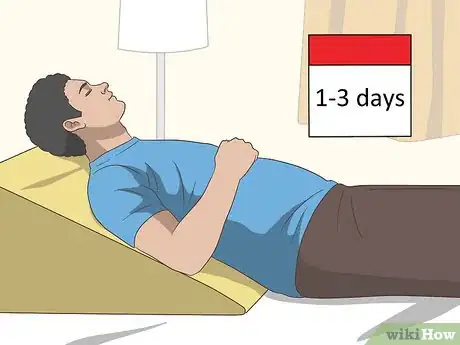
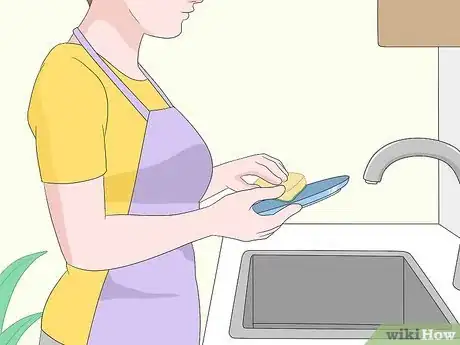


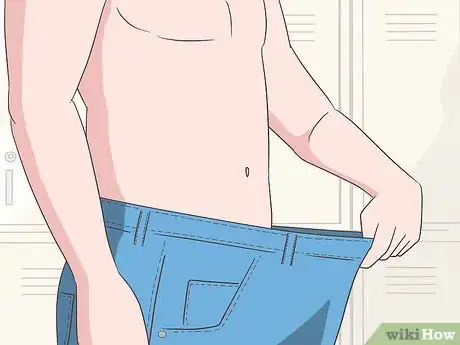
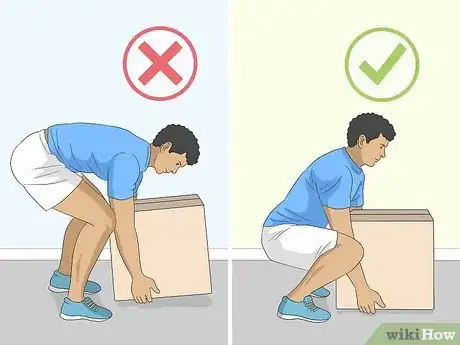

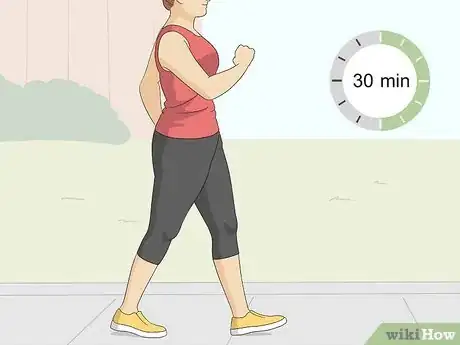
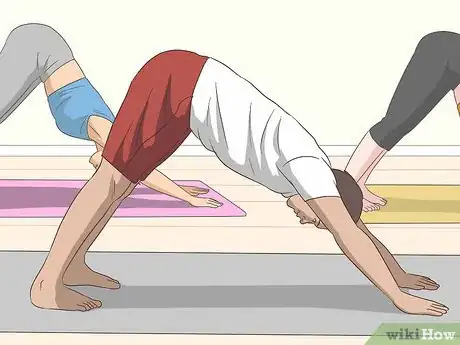
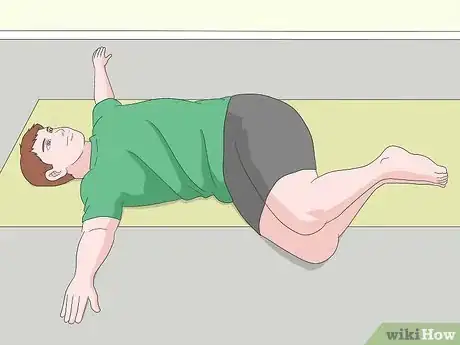
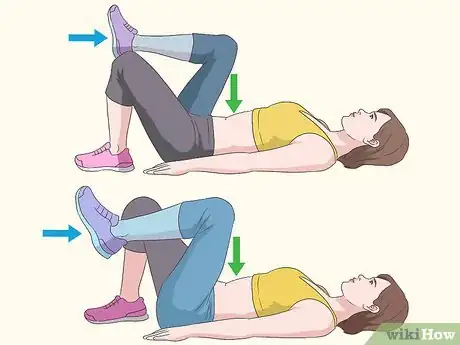
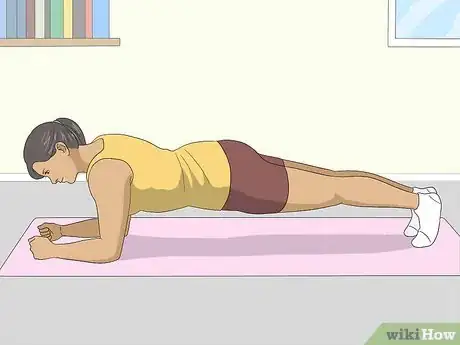
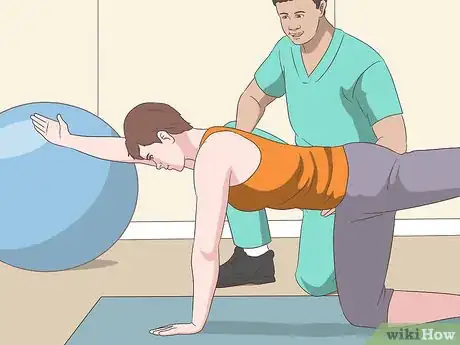

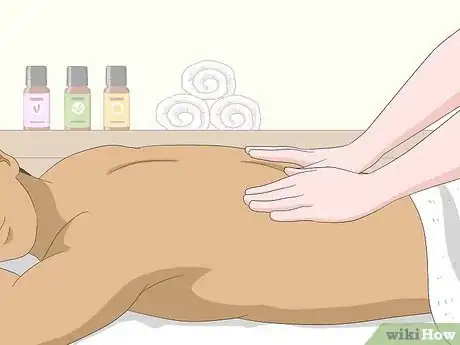
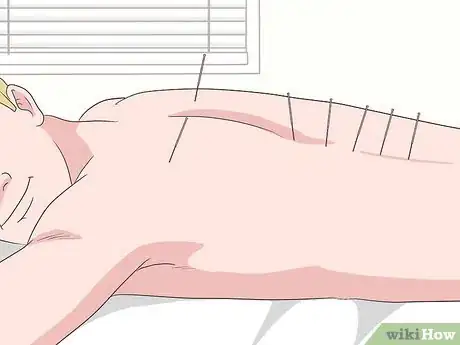
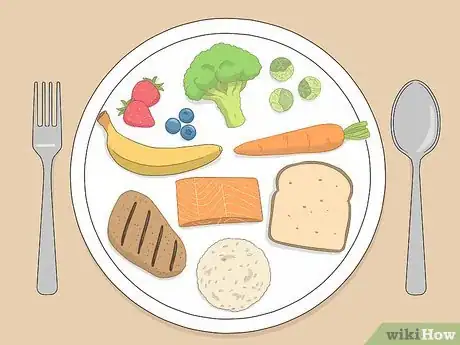
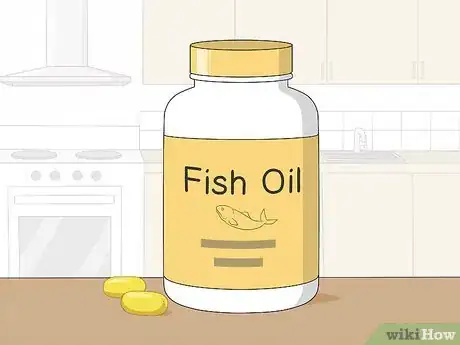
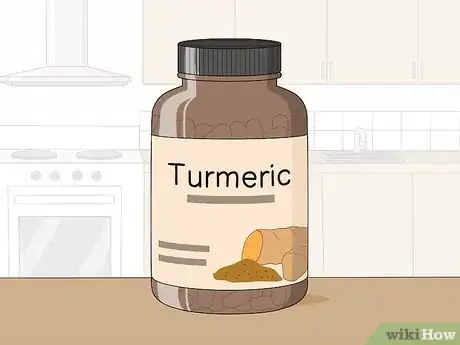
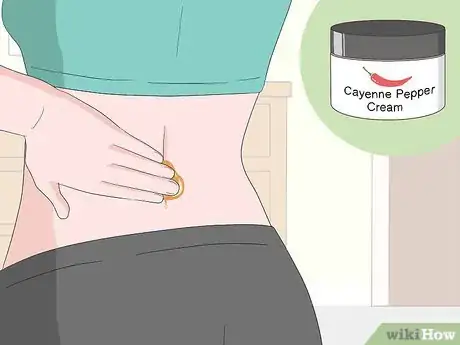
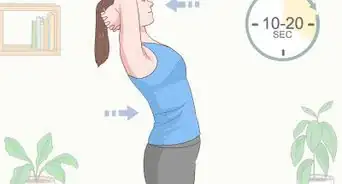

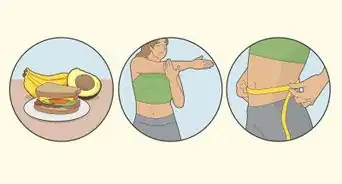
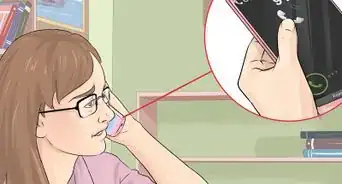
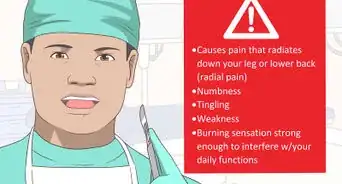
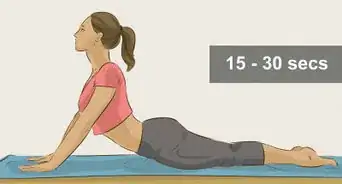
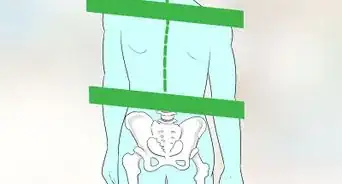

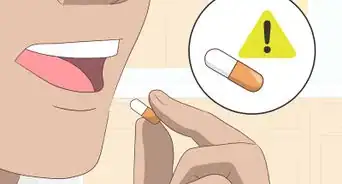

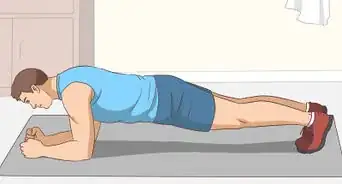
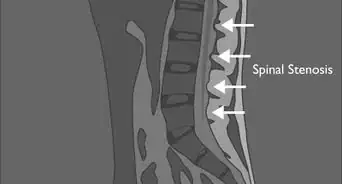
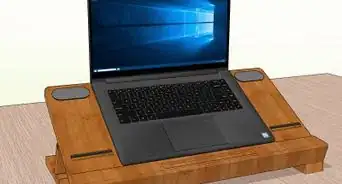






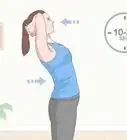
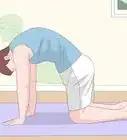
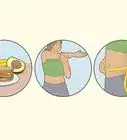
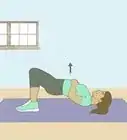



































Medical Disclaimer
The content of this article is not intended to be a substitute for professional medical advice, examination, diagnosis, or treatment. You should always contact your doctor or other qualified healthcare professional before starting, changing, or stopping any kind of health treatment.
Read More...